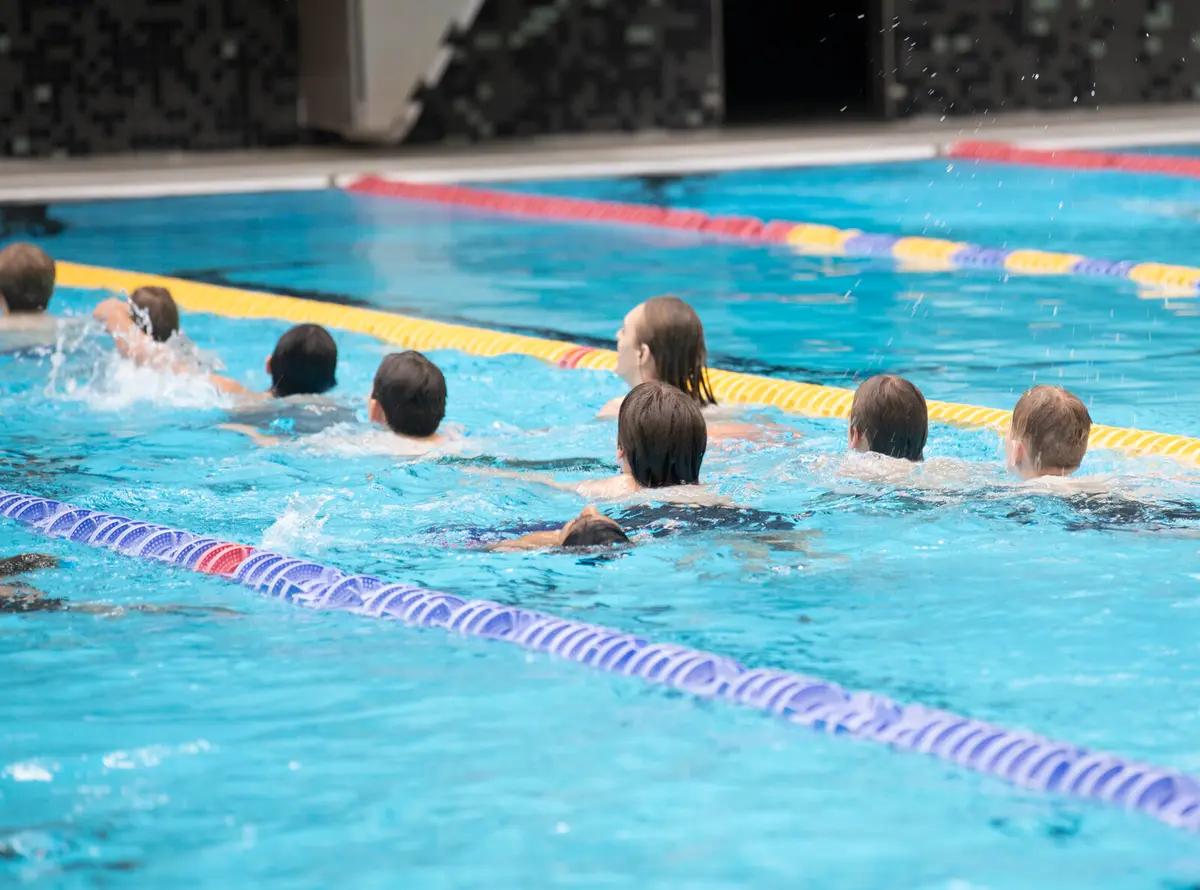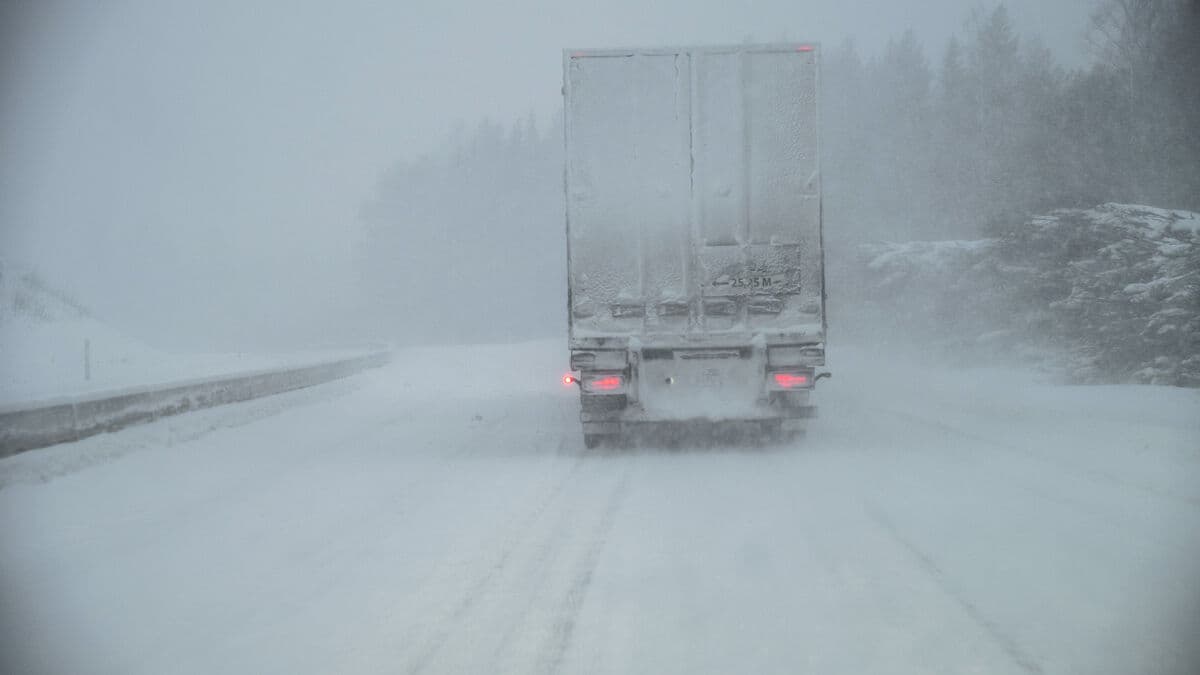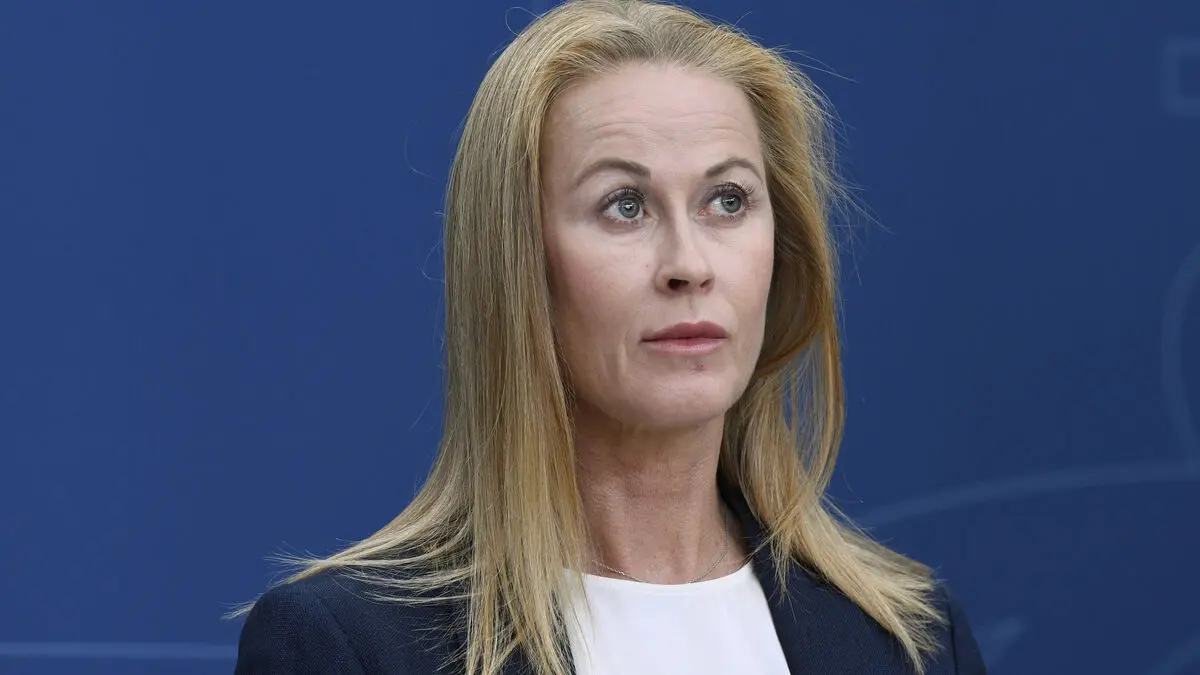Around the country, a lot of smaller, local swimming pools are now being closed down. Too expensive to renovate, according to the municipalities, which instead often invest in large facilities in connection to a sports arena in the central town. This means that children have to travel further to the swimming pool, and that it becomes more difficult for schools to arrange swimming lessons.
This creates major problems, according to Veronica Hejdelind, who has written a report on swimming pools and their role in society for the think tank Arena Idé.
Children from rural areas and socioeconomically disadvantaged areas become particularly vulnerable when the small swimming pools disappear, she explains.
We see that swimming ability is declining, says Hejdelind.
Göran Bertilsson from the Swedish Lifesaving Society confirms the picture. Although swimming ability in Sweden is generally good, they now see worrying gaps.
The school is responsible
The school is responsible for ensuring that children learn to swim by the sixth grade at the latest.
It is included in the curriculum, to get a grade in gymnastics you have to be able to swim. Damn it, we see that many young people pass through the school system without being able to swim, says Göran Bertilsson.
Veronica Hejdelind says that thousands of students get through elementary school without being able to swim. In 2022, the proportion with a passing grade in swimming ability was 93 percent.
But the percentage that did not pass becomes over 8,000 students, and that's what it looks like every year. Moreover, there is a large number of unreported cases, she says.
The school's lack of swimming lessons is a matter of resources, notes Hejdelind. They do not conduct real swimming lessons as often, but rather check if the students can swim. Sometimes, the students even have to certify themselves as able to swim, says Göran Bertilsson.
Too late
However, having requirements for students to be able to swim for the first time in the sixth grade is too late, points out Veronica Hejdelind. The third grade would be a better goal.
The longer you wait to teach swimming ability, the more difficult it becomes, according to swimming teachers I interviewed for the report. The ideal would be for children to start as early as preschool, she says.
Both experience that it is primarily children from socioeconomically disadvantaged areas, often with an immigrant background, who have poorer swimming ability.
Resource-rich families can put their children in swimming school, but if you come from a culture where swimming ability is not a priority, it often doesn't happen, says Hejdelind.
Government reassessment
In our bathing country, not being able to swim becomes a form of exclusion, notes Hejdelind.
If everyone except one in a group is bathing, then it becomes exclusion. This is an important welfare issue, a democracy issue, says Hejdelind.
She thinks that society should take the issue of swimming ability seriously and investigate it again. The last investigation was conducted in 1954, and then it was established that swimming ability is important for both body and soul. After that, in the 60s and 70s, a lot of small swimming pools were built. It is these that are now being closed down to a large extent.
A government reassessment is needed, we want to start a debate about swimming pools. Now they are being built entirely on market terms, but then there are not the same priorities and needs as in the public sector, says Veronica Hejdelind.
There is no reliable statistics on the number of swimming pools in the country.
According to the report Badhus – Strategiska frågor och ställningstagande, from the Swedish Association of Local Authorities and Regions (SKR) in 2014, there were around 450 swimming facilities in the country at the time.
Most of them were built during the 1960s and 1970s.
Now, the Swedish Bathing Industry estimates that the number has decreased to between 390 and 420 swimming pools.
They are closing due to having reached their technical lifespan, and high costs for renovation.
According to the Swedish Swimming Federation, 50 municipalities lacked a swimming pool or teaching pool in 2023.
64 percent of the municipalities surveyed have swimming facilities that are in need of renovation or new construction.
Source: Simhallen vid ett vägskäl, Arena Idé 2025
40 people have drowned so far during the first half of the year.
Last year, the number was 50 at the same time.
According to the Swedish Lifesaving Society, it is primarily two categories that are affected: older men in boats and young people who overestimate their swimming ability.
Source: Swedish Lifesaving Society






